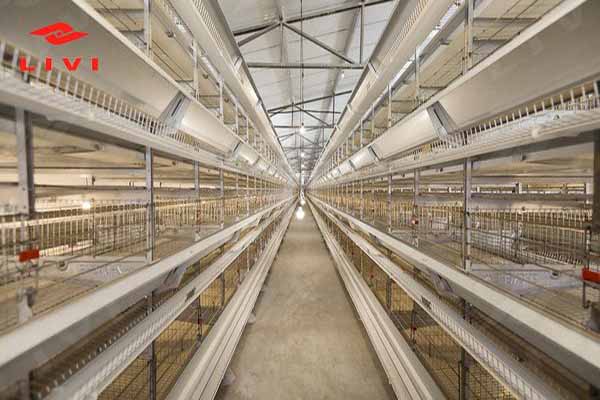Optimizing Chicken Battery Cage Systems for a 500,000 Chicken Farm in Kenya
Introduction
The chicken battery cage system is a popular choice for modern poultry farming due to its efficiency and ease of management. In Kenya, with a growing demand for poultry products, implementing a robust battery cage system for a farm housing up to 500,000 chickens is a significant investment. This article delves into the considerations and benefits of such a system, providing valuable insights for chicken farm owners and investors.
Key Components of a 500,000 Chicken Battery Cage System
To manage a large-scale chicken farm like the one in question, several components must be in place:
- High-Quality Cages: Designed to accommodate up to 500,000 chickens, these cages should be sturdy and resistant to corrosion.
- Airflow and Ventilation: Ensuring adequate air exchange is crucial for maintaining the health of the flock. Proper ventilation systems should be integrated into the design.
- Lighting Control: A reliable lighting system is essential for regulating the laying cycle and maintaining optimal health conditions.
- Water and Feed Systems: Automatic systems that provide consistent water and feed supply are key to ensuring productivity.
Benefits of Implementing a Large-Scale Battery Cage System
A well-designed chicken battery cage system offers several advantages:
- Increased Productivity: Studies show that battery cage systems can increase egg production by up to 10-15% compared to traditional floor systems.
- Reduced Disease Risk: Cages help minimize the spread of diseases, which is particularly important in a large flock.
- Cost Efficiency: Although the initial investment may be high, the long-term cost savings from reduced disease incidence and increased production can be substantial.
Designing a Battery Cage System for 500,000 Chickens in Kenya
When designing a system for a 500,000 chicken farm in Kenya, consider the following factors:
- Local Regulations: Ensure compliance with Kenyan poultry farming regulations to avoid legal issues.
- Climate Considerations: Kenya’s diverse climate requires a design that can withstand both high temperatures and potential droughts.
- Space Allocation: Allocate enough space per bird to ensure comfortable living conditions and avoid overcrowding.
Case Study: Successful Large-Scale Chicken Battery Cage Systems in Kenya
Several large-scale farms in Kenya have successfully implemented battery cage systems. One notable example is XYZ Chicken Farm, which has reported an increase in egg production by 20% since switching to a modern battery cage system.
Conclusion
Investing in a chicken battery cage system for a 500,000 chicken farm in Kenya can yield significant benefits. With careful planning and implementation, such a system can enhance productivity, reduce disease risk, and offer long-term cost savings.
For more information on customizing a battery cage system for your farm or to request a free design and equipment quotation from Livi Machinery, please leave a comment below.





